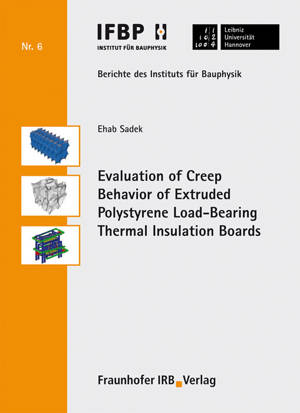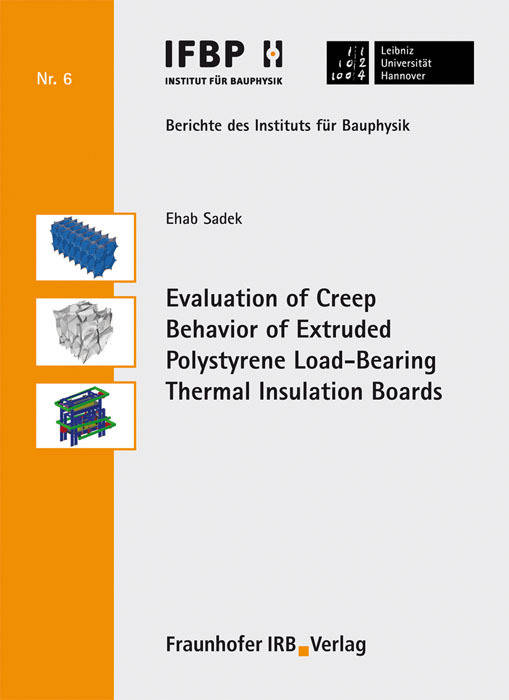
- Afhalen na 1 uur in een winkel met voorraad
- Gratis thuislevering in België vanaf € 30
- Ruim aanbod met 7 miljoen producten
- Afhalen na 1 uur in een winkel met voorraad
- Gratis thuislevering in België vanaf € 30
- Ruim aanbod met 7 miljoen producten
Zoeken
Evaluation of Creep Behavior of Extruded Polystyrene Load-Bearing Thermal Insulation Boards.
Ehab Sadek
€ 39,45
+ 78 punten
Omschrijving
Extruded polystyrene (XPS) rigid foams have attracted recently a great attention as a superior load-bearing thermal insulation material. Therefore, this type of thermal insulation material is commonly used under raft foundations, where high levels of compression loads and sometimes shear loads take place. To apply these boards safely in such application areas, their creep behavior should be intensively evaluated and analyzed to avoid any hazardous potential settlement.
The principle objective of the current research are to investigate the creep behavior of XPS load-bearing thermal insulation boards under pure shear and combined shear-compression stress states and to explore any potential effect the compression stresses could have on the shear creep strains under the combined loading state.
Creep tests were performed on XPS rigid boards under shear and combined shear-compression stress states using a specially developed test setup. The creep behavior was then simulated through finite element method using microstructure-based FE models. XPS rigid boards have been examined by x-ray micro-computer tomography to acquire the required morphological information about the foam microstructure. Nanoindentation technology has been applied to detect the elastic modulus of the foam cell wall material to accomplish the FE analysis. The FE models were validated by the comparisons between the simulated and the experimental results. The developed microstructure-based FE models were then used to carry out a parametric study aiming to optimize the creep response of XPS boards under shear and compression loads.
The principle objective of the current research are to investigate the creep behavior of XPS load-bearing thermal insulation boards under pure shear and combined shear-compression stress states and to explore any potential effect the compression stresses could have on the shear creep strains under the combined loading state.
Creep tests were performed on XPS rigid boards under shear and combined shear-compression stress states using a specially developed test setup. The creep behavior was then simulated through finite element method using microstructure-based FE models. XPS rigid boards have been examined by x-ray micro-computer tomography to acquire the required morphological information about the foam microstructure. Nanoindentation technology has been applied to detect the elastic modulus of the foam cell wall material to accomplish the FE analysis. The FE models were validated by the comparisons between the simulated and the experimental results. The developed microstructure-based FE models were then used to carry out a parametric study aiming to optimize the creep response of XPS boards under shear and compression loads.
Specificaties
Betrokkenen
- Auteur(s):
- Uitgeverij:
Inhoud
- Aantal bladzijden:
- 393
- Taal:
- Engels
- Reeks:
- Reeksnummer:
- nr. 6
Eigenschappen
- Productcode (EAN):
- 9783816789338
- Uitvoering:
- Paperback
- Afmetingen:
- 148 mm x 210 mm
- Gewicht:
- 562 g

Alleen bij Standaard Boekhandel
+ 78 punten op je klantenkaart van Standaard Boekhandel
Beoordelingen
We publiceren alleen reviews die voldoen aan de voorwaarden voor reviews. Bekijk onze voorwaarden voor reviews.











